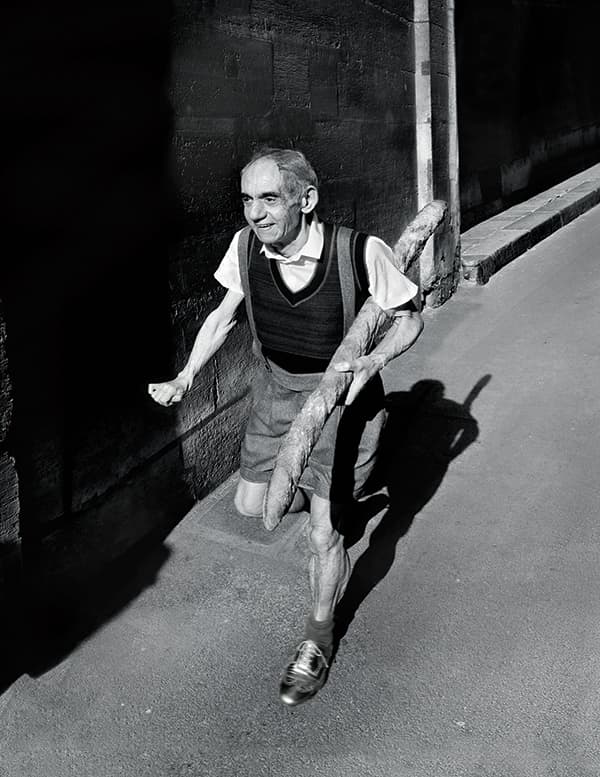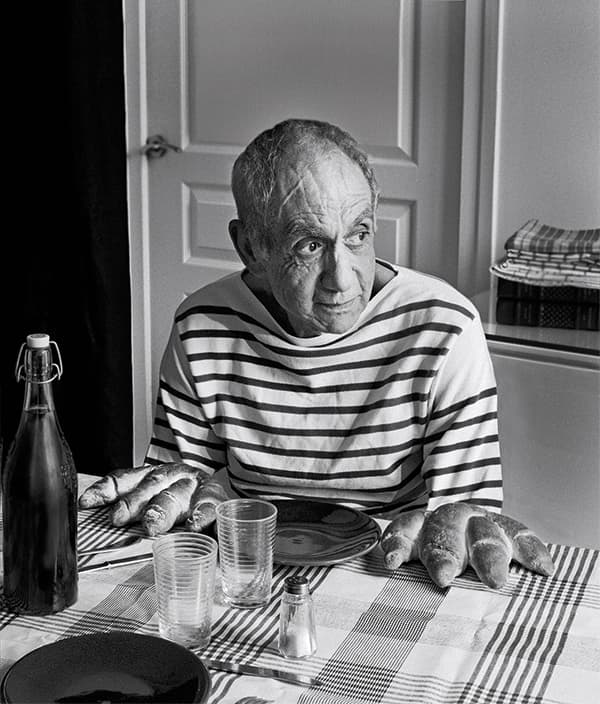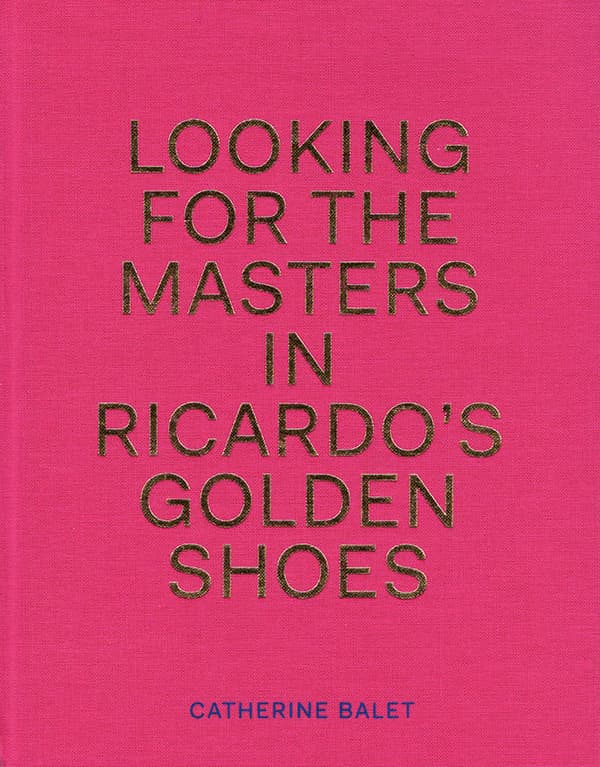
Ricardo as Kiki de Montparnasse in Man Ray’s ‘Black and White’ from 1926. ©Catherine Balet
Artists and their muses have a strong history of cultural currency. Salvador Dalí’s wife Gala was a subject of many of the Surrealist master’s work. Lee Miller proved to be a wealth of inspiration for the photographer Man Ray (the relationship between them was sensitively explored in the 2011 Merrel book Man Ray/Lee Miller: Partners in Surrealism by Phillip Prodger). These days, we expect to find these kinds of relationships in mediums such as cinema (Scorsese and De Niro or Herzog and Kinski), but occasionally we do still find evidence of the confluence of two minds working their wonders in the field of photography. Here we find a new pairing – photographer Catherine Balet, and photographic stylist and costume designer Ricardo Martinez Paz.
Looking for the Masters in Ricardo’s Golden Shoes is nothing short of an exhaustive exploration of the past 176 years of photography. In a nutshell, the images that make up the project consist of Balet recreating iconic photographs –an idea recently explored with terrific humour by the actor John Malkovich.
The twist in Balet’s project is that each image features long-time friend Paz standing in as the subject. So, for example, we find Paz adopting the skin of the model Kiki de Montparnasse in Man Ray’s famous 1926 image ‘Black and White’. In another we find the model occupying the space of Willy Ronis’s ‘The Little Parisian’. Paz himself gleefully adopts the persona of a variety of subjects regardless of timeframe, age, gender or class.

Ricardo in a reimagining of Willy Ronis’s 1952 image ‘The Little Parisian’. ©Catherine Balet
Reclaiming history
The project has its genesis back in 2013, when Balet invited Paz to join her at the Rencontres d’Arles Photography Festival in France. Balet had always been amused by Paz’s resemblance to Pablo Picasso, and the pair had often toyed with the idea of recreating Robert Doisneau’s famous image of Picasso with loaves for fingers.
One morning, Paz appeared at breakfast wearing a Picasso-style stripy T-shirt, so with the aid of some loaves and an iPad Balet took an image and, perhaps unknowingly, created the first image that would form Looking for the Masters in Ricardo’s Golden Shoes. The collaborators then took to the photography festival in search of iconic images they could recreate and were soon embroiled in a project that saw them reinterpreting just about every famous photograph in history.

Catherine and Ricardo’s first collaboration – a reimagining of Robert Doisneau’s ‘Picasso and the loaves, 1952’
The query that they perhaps asked themselves more than any other was: ‘What makes a picture iconic?’ It’s a fair question, particularly in our age of instant information dissemination. Is there any such thing as an iconic image now? Images that once could only be viewed in galleries, libraries and archives are now freely available to view online. As a result, the true meaning and impact of these images can get somewhat lost, their power can become watered down, and perhaps even the true message of the image can become muddied.
Balet’s postmodern appropriation is a kind of Venn diagram: the original + the recreation = a new reality. Through the blending of history and recreation we find a new series of images – things unto themselves. Further, the golden shoes referred to in the title are in fact actual shoes and feature in many, though not all, of the images. In a sense they represent a constant, the seed of an immutable idea. Despite the appropriation of historical material, something of the original value still remains.
In the details
The level of detail and research that has gone into each image is truly impressive. The one rule Balet followed was that each image had to be available on the internet, so she found herself looking at multiple versions of the same image – some soft, some grainy, some blue, some sepia, while others were cropped and framed differently. Each version of the same image said something about the individual who photographed it, the individual who printed it, and perhaps even the individual who uploaded it to the internet. As a result, Balet’s method means she had her own take on each of these images.
No matter what themes and ideas you choose to identify in Looking for the Masters in Ricardo’s Golden Shoes, the project is first and foremost a love letter to photography and a tribute to the masters who helped (and in some cases are still helping) to expand our practice and definition of the art of photography.
Incidentally, if you’re a photography student, you would do well to check out the final few images of the book that recreate current tropes and trends in contemporary photography. You would be wise to use this as a checklist of things to avoid in future.

Published by Dewi Lewis
Price £35, 256 pages, hardback
ISBN 978-1-91130-600-9








